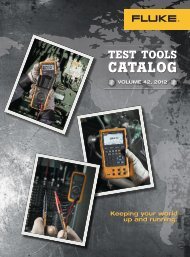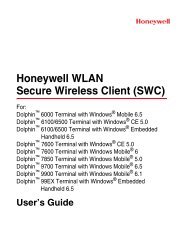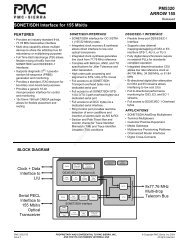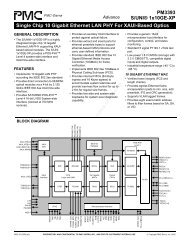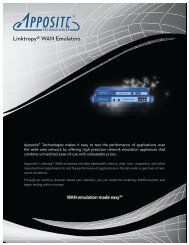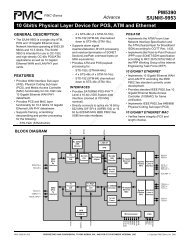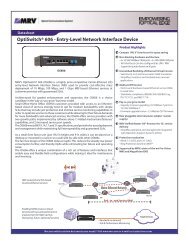Architecture, Engineering, and Related Services [NAICS 5413]
Architecture, Engineering, and Related Services [NAICS 5413]
Architecture, Engineering, and Related Services [NAICS 5413]
You also want an ePaper? Increase the reach of your titles
YUMPU automatically turns print PDFs into web optimized ePapers that Google loves.
UNESCO (2010). <strong>Engineering</strong>: Issues, Challenges <strong>and</strong> Opportunities for Development. Available from:<br />
http://unesdoc.unesco.org/images/0018/001897/189753e.pdf<br />
<strong>NAICS</strong> <strong>5413</strong>60 – GEOPHYSICAL SURVEYING AND MAPPING<br />
<strong>NAICS</strong> Description:<br />
“This industry comprises establishments primarily engaged in gathering, interpreting, <strong>and</strong> mapping<br />
geophysical data. Establishments in this industry often specialize in locating <strong>and</strong> measuring the<br />
extent of subsurface resources, such as oil, gas, <strong>and</strong> minerals, but they may also conduct surveys for<br />
engineering purposes. Establishments in this industry use a variety of surveying techniques<br />
depending on the purpose of the survey, including magnetic surveys, gravity surveys, seismic<br />
surveys, or electrical <strong>and</strong> electromagnetic surveys.”<br />
From the US Commercial Census<br />
SMALL BUSINESS MARKETPLACE<br />
Firms in the Geospatial Surveying <strong>and</strong> Mapping Industry face a variety of factors that make this<br />
industry volatile. The industry is highly competitive, subject to the dem<strong>and</strong> of down-stream<br />
industries, is deeply affected by changes in technology, <strong>and</strong> is subject to strict regulatory<br />
requirements. These factors contribute to high barriers for entry into the market <strong>and</strong> increasing<br />
levels of consolidation in the coming years.<br />
COMPETITION<br />
This industry is characterized by many small establishments that are often in territorial competition<br />
with each other. A 2011 report estimates that the four largest firms in this industry generate 51% of<br />
the total industry revenue (IBISWORLD), but 67% of firms operating in this space have fewer than 5<br />
employees. A different report from 2011 analyzed a population of approximately 5000 firms, 4,700<br />
of which are classified as small businesses, or under 25 employees (BizMiner).<br />
The larger firms <strong>and</strong> smaller firms have very different strategy models, where often the larger firms<br />
establish contracts with the companies they survey for that allow for them to keep the data after<br />
commissioned. The smaller firms must usually enter into agreements that give the client exclusive<br />
rights to the data of the territory in question. Thus, while larger firms can leverage their special<br />
contract <strong>and</strong> create data packaging services, smaller firms must differentiate themselves through<br />
professional reputation <strong>and</strong> technical sophistication, <strong>and</strong> operate at a territorial service level<br />
(IBISWORLD).<br />
Firms in the Geophysical Surveying <strong>and</strong> Mapping industry must also face competition from outside of<br />
the industry. Many energy <strong>and</strong> mining companies have their own internal teams who perform the<br />
same function as independent contractors, <strong>and</strong> this is projected to increase by 2016.<br />
DOWNSTREAM VOLATILITY<br />
9


![Architecture, Engineering, and Related Services [NAICS 5413]](https://img.yumpu.com/34014793/10/500x640/architecture-engineering-and-related-services-naics-5413.jpg)
